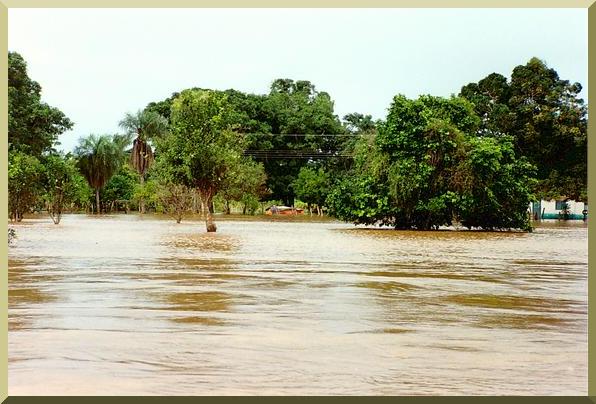|
Several years ago, I participated as a lecturer in a short course at a university in Europe.
There were several speakers and about 40 participants. One of the speakers gave a lecture on mathematical modeling
of unsteady flows and its application
to flood routing. He
mentioned that he had calculated the Courant number and was surprised to learn that it was rather high, around 10,
although his results looked very reasonable and matched measured data (A Courant number equal to 1 generally means good convergence properties,
while a Courant number equal to 10 does not).
I asked him what celerity had he used to define his
Courant number. He was a bit surprised at my question,
and said: "Of course, I used the Lagrange celerity."
I said: "You are dealing with flood flows, therefore, you should use the much smaller
Seddon celerity.
If you do this, you will find that your actual Courant number is probably much closer to 1."
In my experience, while many people recognize the Lagrange celerity, the same statement does not follow for the
Seddon celerity, even though Seddon first advanced this concept in the year 1900. These two celerities are the
only characteristic celerities in unsteady flow in open channels. While the Lagrange celerity describes "short" waves,
the Seddon celerity describes "long" waves. Either may be used in the definition of the Courant number,
depending on the application.
| ||
|
|
